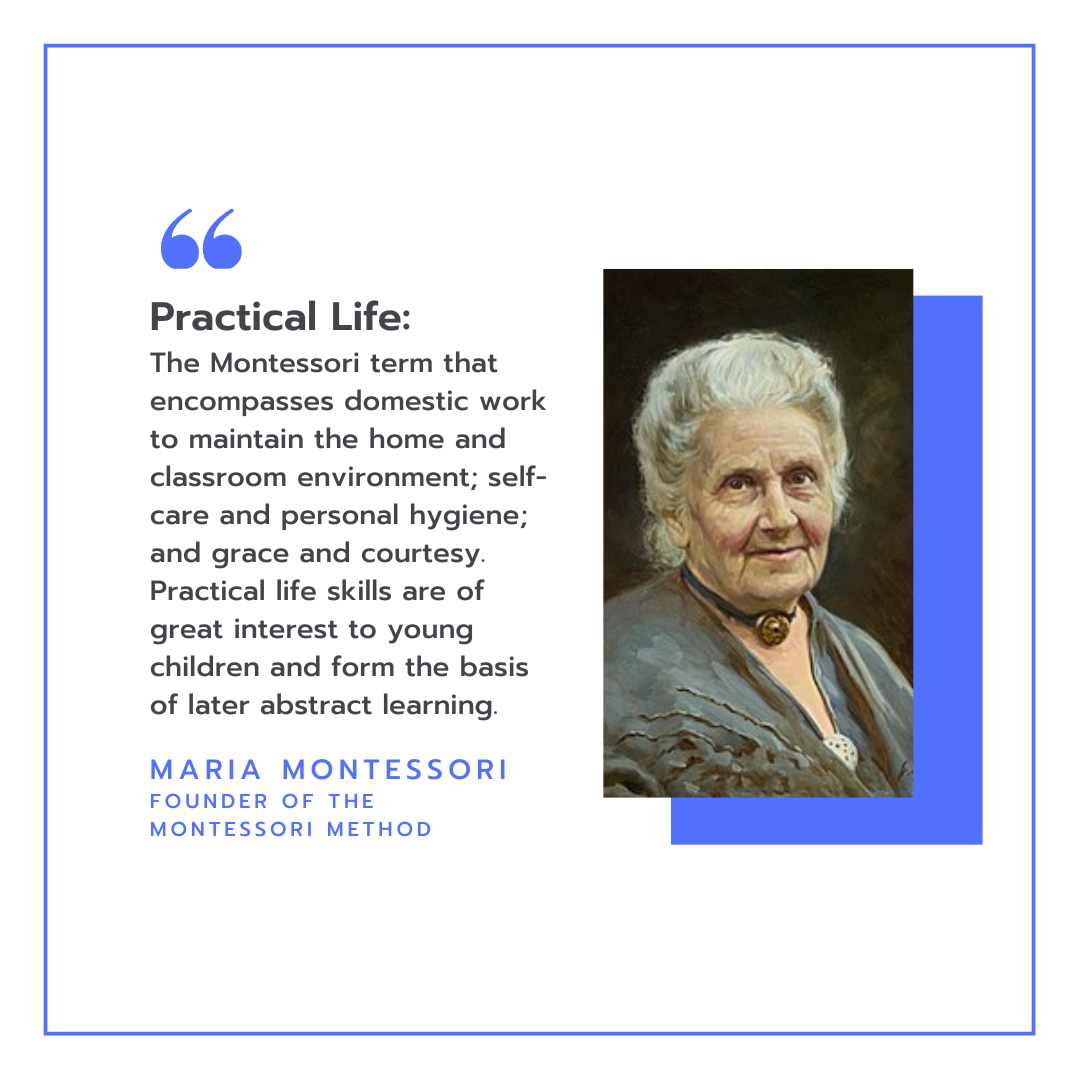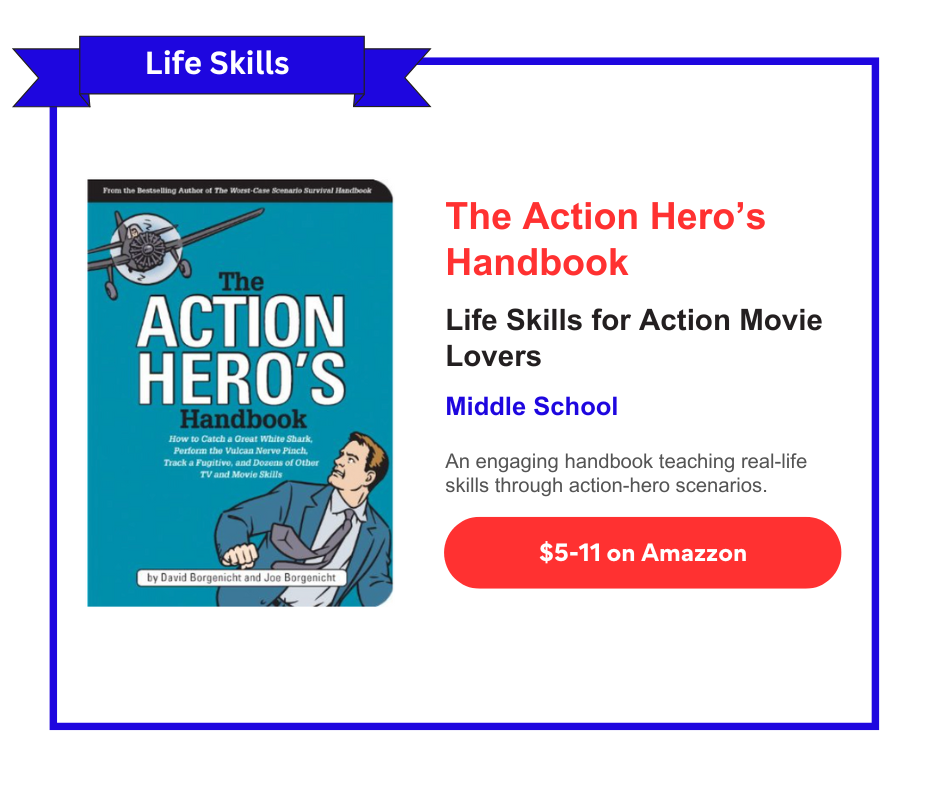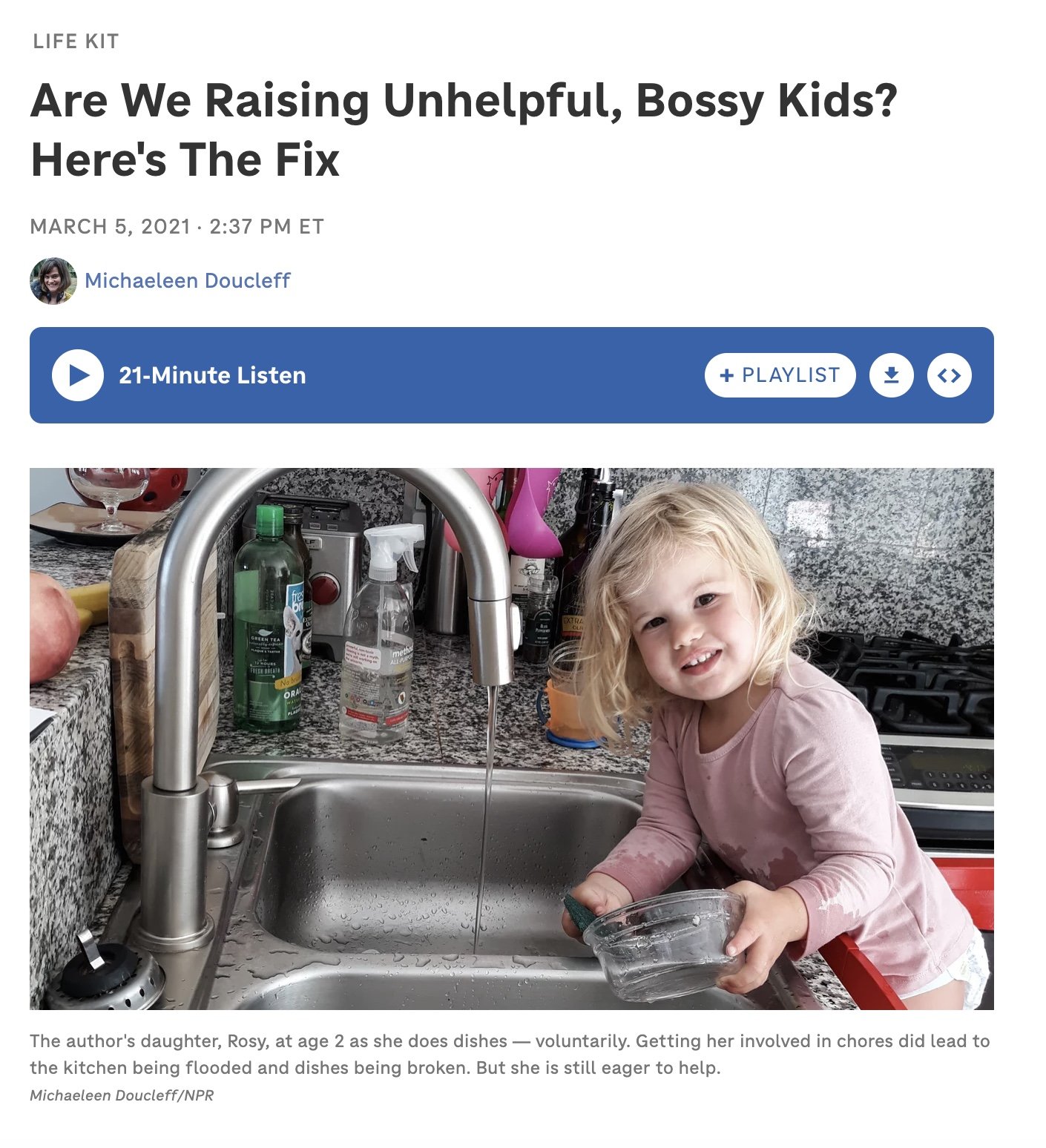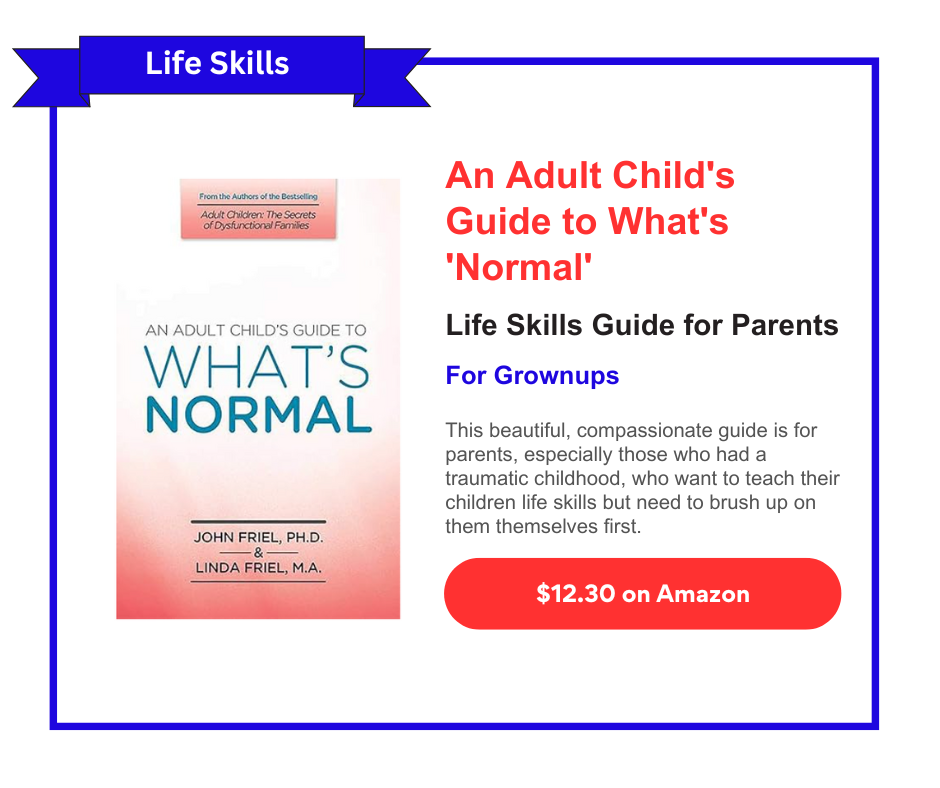How to Be a Person
"How to Be a Person" is crafted by Catherine Newman, an accomplished parenting writer and etiquette columnist. She brings her expertise and engaging writing style to this guide, designed to teach essential life skills in a manner that is both educational and entertaining. Newman is well-regarded for her contributions to Real Simple magazine and as the editor of the James Beard Award-winning ChopChop kids’ cooking magazine. This book, illustrated in a graphic novel-style, aims to teach kids how to handle everyday tasks and responsibilities, empowering them to become more dependable and self-assured individuals (Microcosm Publishing) (Barnes & Noble).
Differentiation: What sets this book apart in the homeschooling context is its comprehensive yet playful approach to teaching life skills. Newman uses humor and clear illustrations to cover a range of skills from basic chores like making beds and cooking simple meals, to interpersonal skills like apologizing and effective communication. This blend of life skills with engaging media makes it a unique resource in the homeschool curriculum for life skills education (Microcosm Publishing).
How to Get Started: To begin using "How to Be a Person" in a homeschool setting, it’s as simple as picking up a copy and integrating the book’s lessons into daily routines. Each skill is presented in manageable chunks, making it easy to incorporate lessons into the school day or as part of a weekly schedule.
How It Works: The program is structured to be flexible with no specific time per day required, allowing parents and children to adapt the lessons to their own pace. Most activities are designed to be hands-on and practical, making it largely an open-and-go resource. It can be used both as a parent-led tool or for independent learning, particularly for older children who can read and follow the instructions on their own (Microcosm Publishing) (Barnes & Noble).
Educational Content: The book covers a variety of essential skills, categorized under:
Home chores (e.g., cleaning, tidying)
Communication skills (e.g., conversing, writing thank you notes)
Basic cooking (e.g., preparing simple meals)
Personal care and management (e.g., money management, clothing care) This comprehensive list ensures that children learn practical skills that are crucial for independent living (Barnes & Noble).
What’s Good About It: Users appreciate the book’s engaging style and the practicality of the skills taught. The graphic novel format is especially popular among children, making the learning process fun and visually appealing. The direct applicability of the skills to daily life helps children see the value of what they are learning, enhancing their motivation (Microcosm Publishing) (Barnes & Noble).
What Could Be Improved: While the book is comprehensive, some parents might find the range of skills either too basic or too broad. The addition of more advanced skills or deeper dives into some complex tasks could enhance its utility. Also, some parents have expressed a desire for more structured lesson plans to help in scheduling and implementation in a structured homeschool environment (Microcosm Publishing).
Advice from Parents: To get the most out of this book, parents recommend using it as a reference point for daily tasks and responsibilities, encouraging children to take on one new skill at a time. It’s also suggested to pair the lessons with real-life application, such as allowing children to handle a meal preparation or manage a small budget (Microcosm Publishing).
Who It’s an Ideal Fit For: This book is perfect for families looking for a fun, engaging way to teach practical life skills. It’s particularly well-suited for children who enjoy visual learning and hands-on activities. Parents seeking to foster independence and practical knowledge in their children will find it highly beneficial (Microcosm Publishing).
Who It’s Probably Not a Fit For: Families looking for a more academically rigorous or traditional educational tool may find this book too informal. It might not suit those who prefer structured, textbook-style learning or who are focused solely on academic subjects rather than practical life skills (Microcosm Publishing).
Grades: The book is best suited for children aged 10 to 14 years (Barnes & Noble).
Cost: The book is priced around $11.99 to $16.99, depending on the format and seller (Barnes & Noble).
Ways to Get It: "How to Be a Person" is available for purchase through major booksellers like Amazon, Barnes & Noble, and through its publisher, Storey Publishing. It’s available in both paperback and eBook formats, making it accessible for various preferences (Barnes & Noble).
Affiliate Disclaimer: Some links on our site are affiliate links, which means Modulo may earn a small commission if you purchase through them (at no cost to you). Rest assured, we only recommend resources we’ve rigorously vetted and truly love—affiliate link or not. Thank you so much for supporting our work!














Discover NPR's Life Kit: Parenting, a podcast offering science-backed advice and practical tips from experts to help you navigate the complexities of raising children.